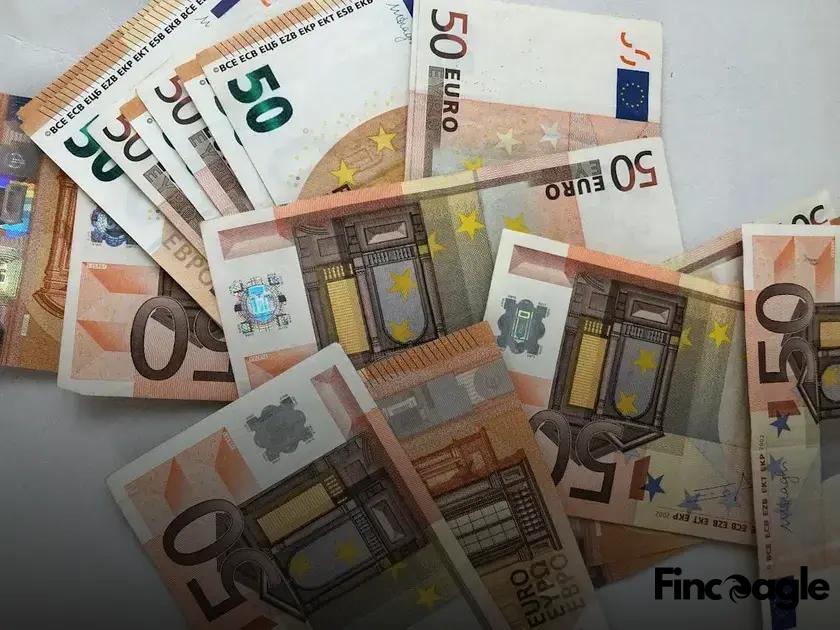Securing your cryptocurrency is crucial in today’s digital world. With increasing threats, understanding how to protect your crypto from hacks and scams is essential. In this guide, we’ll cover common threats, effective strategies, and the best practices to keep your investments safe.
Understanding Common Crypto Threats
In the realm of cryptocurrency, understanding the landscape of threats is crucial for securing your assets. Crypto threats can manifest in various forms, from phishing attempts to sophisticated malware. Recognizing these threats can protect your investments from losses.
Phishing Attacks
One of the most prevalent threats includes phishing, where attackers try to trick users into revealing private keys by pretending to be legitimate platforms. Always verify URLs and never share your private information with untrusted sources.
Malware
Malware specifically targeting crypto wallets is on the rise. Keep your antivirus software updated and only download applications from trusted sources to minimize risk.
Ransomware
Ransomware attacks have become increasingly common, encrypting users’ data and demanding cryptocurrency for its release. Regularly back up data and maintain strong, unique passwords.
Hacking and Network Attacks
Decentralized finance platforms can also be targeted through smart contract vulnerabilities or network attacks. Always use reputable services with a strong security track record.
Human Error
Finally, human error, such as sending crypto to the wrong address, remains a significant threat. Double-check all transactions before confirming them.
Implement Strong Security Measures

One of the key strategies in safeguarding your crypto assets is to implement robust security measures. Begin by securing your accounts with strong, unique passwords that are difficult to guess. Use a mix of letters, numbers, and special characters to enhance security. Wherever possible, enable two-factor authentication (2FA). This adds an extra layer of security, ensuring that even if someone obtains your password, they still need access to your secondary authentication method.
Invest in a hardware wallet. These devices store your private keys offline, keeping them safe from online threats. Avoid keeping your crypto assets on exchanges for extended periods, as they can be targets for hackers. Instead, transfer them to your personal wallet after trading. Regularly update the software and security protocols of your wallets and devices to protect against the latest vulnerabilities.
Be cautious with the information you share online and avoid public Wi-Fi when managing your crypto assets. Public networks are a hotbed for cybercriminal activity, including attempts to intercept data. If you must use public Wi-Fi, ensure you have a reputable VPN to encrypt your connection. Remain vigilant and always verify the security of the platforms and services you use. This mindset can significantly reduce the risk of falling victim to phishing or social engineering attacks.
Stay Informed About Scams
Scammers are continuously devising new tactics to trick cryptocurrency users into giving away sensitive information or funds. Staying informed about these scams is imperative to protect your assets effectively. To safeguard your investments, begin by following trusted crypto-related news outlets and updates from reputable online security organizations. Additionally, engage in forums and communities where users regularly discuss and expose new scam activities. Be wary of emails or messages claiming to be from well-known crypto companies that ask for personal information or funds. These phishing attacks are common and can be very persuasive. It’s also important to familiarize yourself with common scam scenarios, such as fake ICOs, Ponzi schemes, and counterfeit crypto wallets. Always verify the authenticity of any unsolicited communication and use resources such as official websites or direct contacts to cross-check any information. By staying vigilant and informed, you can significantly reduce the risk of falling victim to scams.
Use Trusted Wallets and Exchanges

When dealing with cryptocurrencies, choosing the right wallets and exchanges is crucial for security. Always opt for trusted and reputable platforms. To begin with, do some research on the exchange’s history, any security breaches it may have experienced, and the robustness of its current security measures. You should only consider platforms with a proven track record and a commitment to security.
${ Be wary of exchanges that offer suspiciously high returns or lack regulatory oversight. Look for user reviews and endorsements from reliable sources. A reputable wallet should provide features such as two-factor authentication (2FA), which adds an extra layer of security to your accounts. Hot wallets, while convenient for transactions, can be prone to hacks. Consider transferring a significant portion of your holdings to cold wallets, which are offline and less susceptible to cyber attacks.
Examine the security features of both wallets and exchanges. These features should include encryption protocols, security audits, and insurance against theft. Besides technical security, customer support is an important aspect of a trusted exchange or wallet. Efficient customer support can be invaluable, particularly when navigating complex technical issues or in the event of a possible security breach.
Another key point is the importance of private keys. Your private keys should always remain confidential and solely under your control. Exchanges that keep user funds in a centralized location may expose them to higher risk. Thus, decentralization is often preferred for better security.
Regularly Monitor Your Investments
To protect your crypto investments from hacks, it’s crucial to keep a vigilant eye on your portfolio. Blockchain technology might be secure, but exchanges and wallets can be vulnerable. Regular monitoring allows you to detect any unauthorized transactions swiftly.
Set aside time each week to review your assets. Use tracking tools that provide real-time alerts for any unusual activities. These tools can help you identify discrepancies or unauthorized access before it becomes a significant issue.
Review your transaction history frequently. This practice ensures that all transactions are genuine and authorized. Have a list of your open positions and check them routinely to confirm everything matches.
Additionally, enable two-factor authentication on all platforms and wallets. This extra layer of security can prevent unauthorized access even if someone manages to crack your password.
Monitoring also means keeping software up to date. Make sure your apps, wallets, and exchanges are running the latest versions to benefit from security patches and updates.





